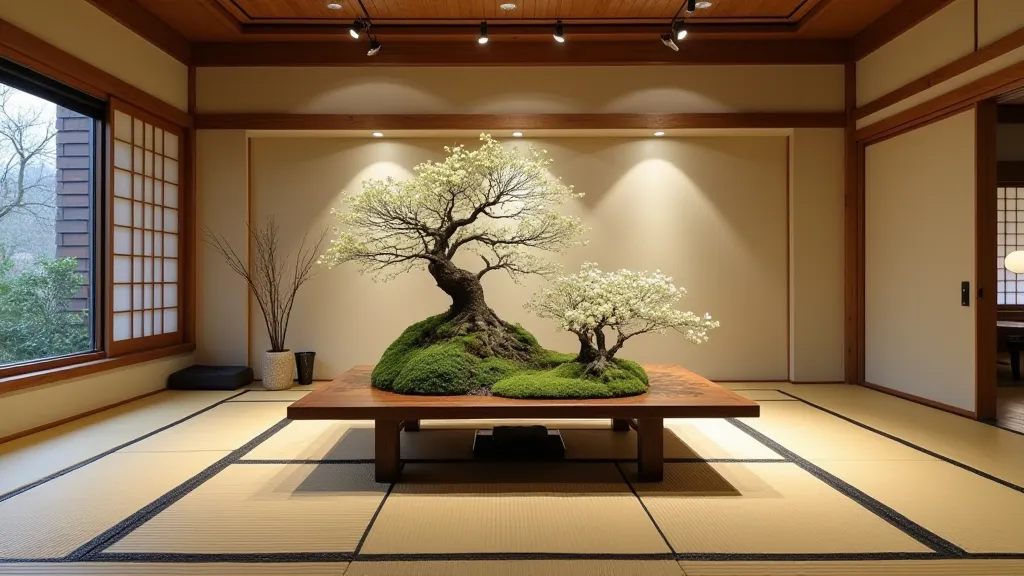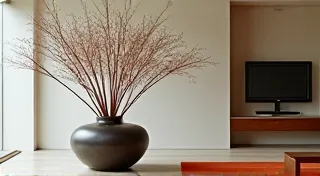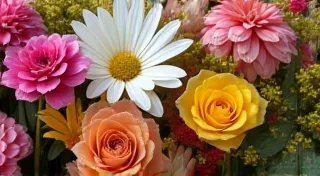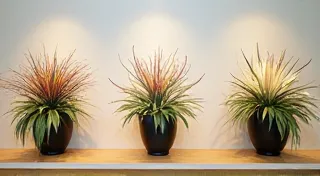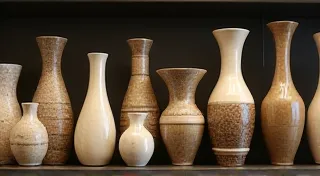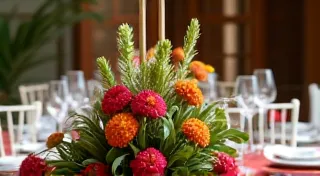The Importance of Space (Ma) in Ikebana Design
Understanding Ikebana goes far beyond simply arranging flowers. It’s an art form rooted in philosophy, emphasizing the interplay of elements and, crucially, the deliberate use of space. This concept of “Ma” (間) is fundamental to achieving balance and harmony in your Ikebana arrangements.
What is Ma?
“Ma” isn't just about emptiness; it’s about the potential within that emptiness. It's the pause between notes in music, the silence in a conversation, the negative space in a painting. In Ikebana, Ma refers to the carefully considered use of empty space around and between the branches, stems, and flowers. It allows the viewer’s eye to rest, creating a visual rhythm and highlighting the beauty of the individual elements.
Western floral design often prioritizes filling every available space. Ikebana, in contrast, recognizes that what isn’t there is just as important as what is. By embracing Ma, you invite the viewer to engage with the arrangement on a deeper level, appreciating the subtle relationships between the materials.
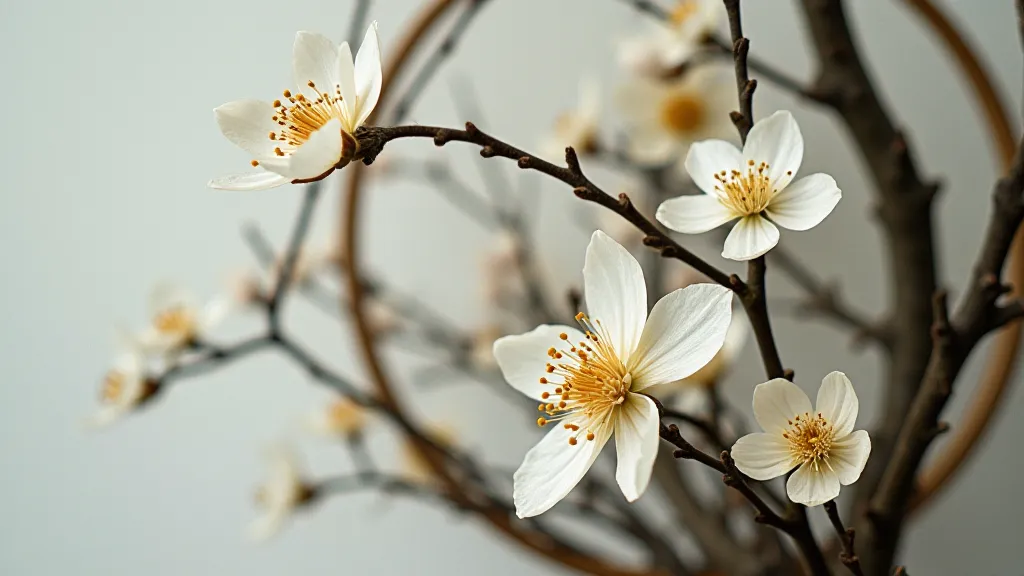
How to Incorporate Ma in Your Designs
Incorporating Ma can feel counterintuitive at first, especially if you’re used to a fuller, more ‘traditional’ Western floral style. Here are a few practical tips:
- Consider the overall form: Before you even place your first stem, visualize the empty spaces you want to create.
- Vary the density: Areas of denser foliage and blooms should be balanced by areas of sparse arrangement.
- Embrace asymmetry: Ikebana often features asymmetrical designs. Ma is amplified by the imbalance, drawing attention to the strategically placed elements.
- Utilize negative space deliberately: Don’t be afraid to leave areas completely empty. This can be particularly effective to frame the arrangement or draw attention to a key focal point.
- Think about perspective: How does the arrangement look from different angles? Ma should be considered in all views.
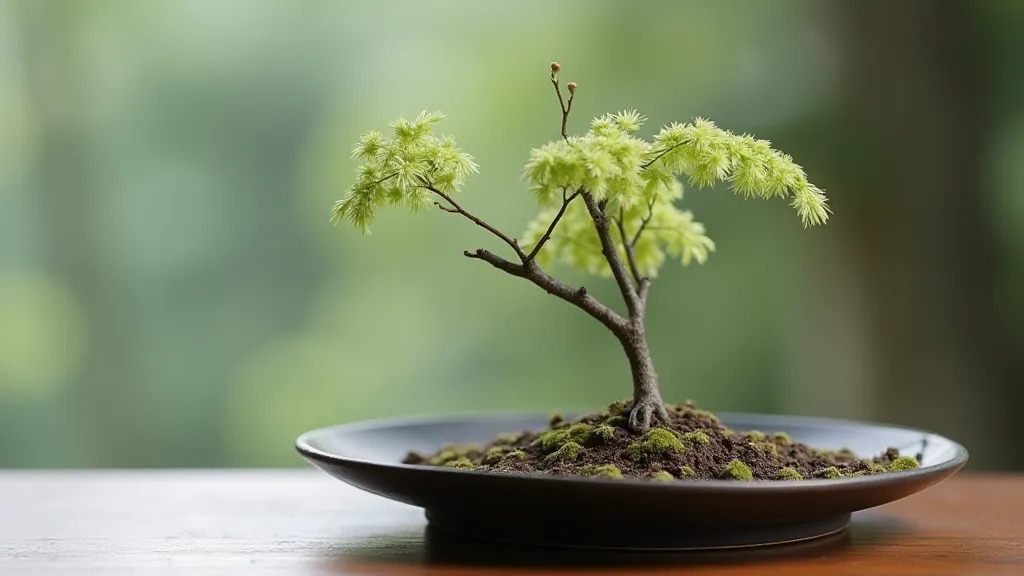
The Philosophical Significance of Ma
The concept of Ma extends beyond aesthetics. It's deeply connected to Zen Buddhism and the Japanese appreciation for wabi-sabi – finding beauty in imperfection and transience. By embracing Ma, you acknowledge the impermanence of the materials and invite a sense of contemplation and serenity. The negative space becomes a canvas for introspection, encouraging viewers to connect with the essence of nature and the beauty of the present moment.
Practice and Observation
Mastering Ma requires practice and mindful observation. Study the works of established Ikebana masters, paying close attention to how they utilize empty space. Don't be afraid to experiment and break away from conventional approaches. The journey of learning Ikebana is a process of continuous discovery, and the understanding of Ma will deepen with each arrangement you create.
